South America Gastronomy Cities
Cochabamba - UNESCO City of Gastronomy
Cochabamba, the fourth most populous city in Bolivia, is located in a productive valley encircled by mountains. Its pleasant climate throughout the year and rich farmlands have contributed to its status as the country's culinary center.
Apart from its food, Cochabamba attracts visitors with its Spanish colonial-era buildings, lively markets, and active town squares. The city's mix of modern conveniences and traditional Bolivian lifestyle creates an interesting urban setting for visitors.
- Cochabamba stands out as Bolivia's food hub, famous for its substantial meals and regional specialties
- The city presents a blend of classic Bolivian food and global cuisines at reasonable prices
- Food carts and public markets provide excellent opportunities to taste genuine Cochabamba flavors without spending much
What makes Cochabamba's food special
Cochabamba's food landscape is a treat for all senses. The city takes pride in its position as Bolivia's culinary capital, and rightfully so. From street vendors to upscale restaurants, there's something to please every taste and wallet.
Public markets overflow with fresh crops, unusual fruits, and traditional ingredients. The scent of cooking meat and spices fills the air as you stroll through the streets. It's an overwhelming experience for your senses, in the most positive way.
Cochabambinos (the local residents) are passionate about their food. Meals here are often large and filling, reflecting the city's farming background. Don't be surprised if you feel the need for a short nap after your midday meal!
Where can I taste the best local food
For a true taste of Cochabamba, visit La Cancha market. This vast open-air bazaar is the core of the city's food culture. You'll encounter everything from fresh fruits and vegetables to local cheeses and quick bites from food stalls.
Keep an eye out for sellers offering salteñas, Bolivia's take on empanadas. These savory pastries contain meat, vegetables, and a slightly sweet sauce. They're a popular choice for breakfast or a mid-morning snack.
Another must-try dish is silpancho, a local favorite. It consists of a thin slice of beef, served on a bed of rice and potatoes, topped with a fried egg and pico de gallo. It's the ultimate comfort food.
For a quick and affordable meal, try a trancapecho from a street food vendor. It's a massive sandwich filled with beef, egg, cheese, and vegetables. One of these will keep you satisfied for hours.
What's special about chicha
No visit to Cochabamba is complete without sampling chicha. This fermented corn drink has been consumed in the area for hundreds of years. It plays a significant role in local culture and social gatherings.
Chicha is often served in chicherías, traditional bars where you can taste the drink and socialize with locals. Just be cautious - it's more potent than it seems!
Here's a quick guide to enjoying chicha like a local:
- Search for a chichería with a white flag outside - this indicates they're open for business
- Order by the tutuma (a small gourd used as a cup)
- Always pour a small amount on the ground first as an offering to Pachamama (Mother Earth)
- Drink slowly and enjoy the conversation - chicha drinking is a social activity
What about upscale dining choices
While Cochabamba is known for its traditional fare, the city also has a growing upscale dining scene. Restaurants like Incha All'aqa and Caldo de Piedra are creating modern versions of Bolivian classics.
These high-end eateries often use local ingredients in creative ways. You might find quinoa prepared like a risotto or llama meat served as a gourmet steak. It's a great way to see how Bolivian cuisine is changing.
Remember that even at fancy restaurants, prices are generally lower than what you'd pay in North America or Europe. It's a chance to treat yourself without spending too much.
How can I eat well without spending much
Cochabamba is ideal for food-loving travelers on a tight budget. Street food and local markets offer tasty meals at incredibly low prices.
Here are some budget-friendly options:
- Almuerzo (set lunch) at local restaurants - usually includes soup, main course, and drink for around $3
- Food stalls at La Cancha market - try local specialties for just a few bolivianos
- Street food carts - get a quick and cheap meal on the go
Remember, eating where the locals eat is not only cheaper but often more authentic. Don't hesitate to try that small restaurant full of Cochabambinos!
Why are potatoes important in Cochabamba
Potatoes are crucial in Bolivia, and Cochabamba is no exception. The country has over 200 types of potatoes, and you'll find them in many local dishes.
Try papas rellenas, stuffed potatoes that are breaded and fried. They're often filled with cheese or meat and make for a tasty snack or side dish.
Another potato dish to look for is chuño. These freeze-dried potatoes have been a basic food in the Andes for centuries. They have a unique texture and are often used in soups and stews.
Here's a quick guide to some common potato varieties you might come across:
| Potato Type | Characteristics | Common Uses |
| Papa blanca | White, floury | Mashing, frying |
| Papa roja | Red skin, waxy | Boiling, salads |
| Papa negra | Purple-black skin | Soups, stews |
How can I learn about local food culture
To really get into Cochabamba's food culture, think about taking a cooking class. Several local organizations offer classes where you can learn to make traditional dishes like salteñas or silpancho.
Visiting the Mercado 25 de Mayo is another great way to learn about local ingredients and cooking methods. Talk with vendors (practice your Spanish!) and ask about unfamiliar fruits or vegetables.
If you're interested in the farming side of things, you might want to visit a local farm. Some tour companies offer day trips to nearby farms where you can see how local produce is grown.
What should I drink besides chicha
While chicha is a must-try, Cochabamba has many other drink options. Bolivia makes some excellent wines, especially from the Tarija region. Look for bottles of Tannat or Malbec in local restaurants.
For beer fans, try Taquiña, a local brew that's popular in Cochabamba. It's a light, refreshing lager that goes well with the city's hearty food.
If you need a coffee fix, look for cafes serving Bolivian coffee. The country produces some high-quality beans, particularly from the Yungas region.
And don't forget about fruit juices! With Bolivia's incredible variety of fruits, fresh juices are a treat. Try mocochinchi, a sweet drink made from dried peaches, or api, a thick, purple corn drink often served hot for breakfast.
FAQs
Is the food in Cochabamba spicy?
Bolivian food isn't usually as spicy as some other Latin American cuisines. However, many dishes come with llajwa, a spicy sauce made from locoto peppers. It's usually served on the side, so you can control how much heat you add.
Are there options for vegetarians or vegans?
While Bolivian cuisine traditionally includes a lot of meat, you can find vegetarian and vegan options in Cochabamba. Look for dishes like quinoa soup or api con pastel (a sweet corn drink served with cheese pastries). Many restaurants are also becoming more accommodating to dietary restrictions.
Is it safe to drink the tap water in Cochabamba?
It's generally suggested that visitors stick to bottled water in Cochabamba. While locals may drink tap water, your stomach might not be used to it. Bottled water is cheap and easy to find.
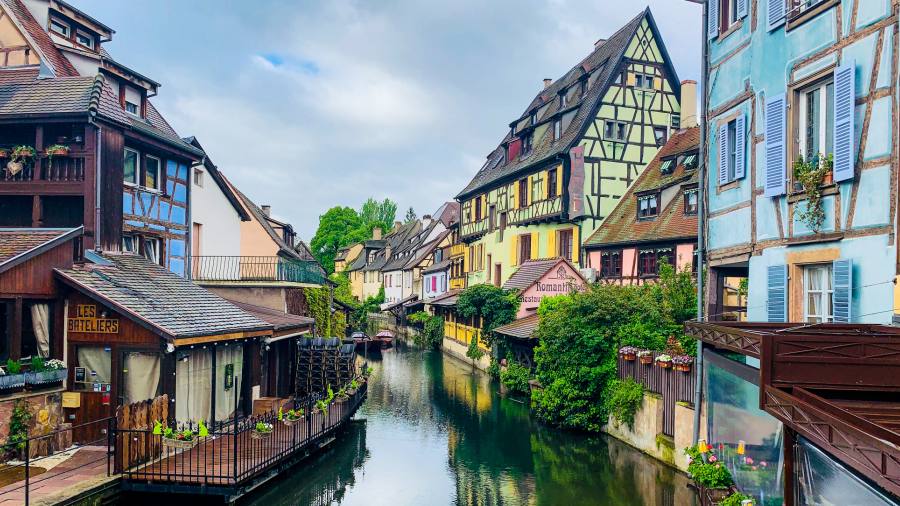


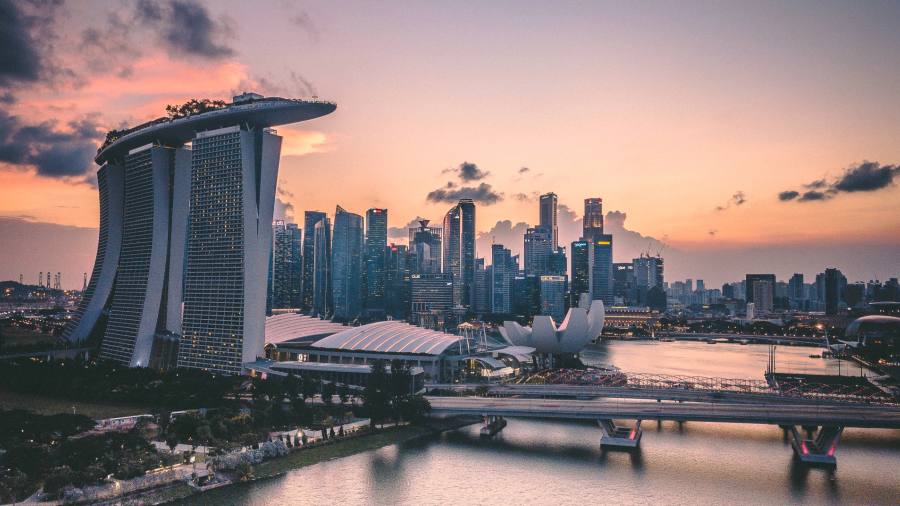
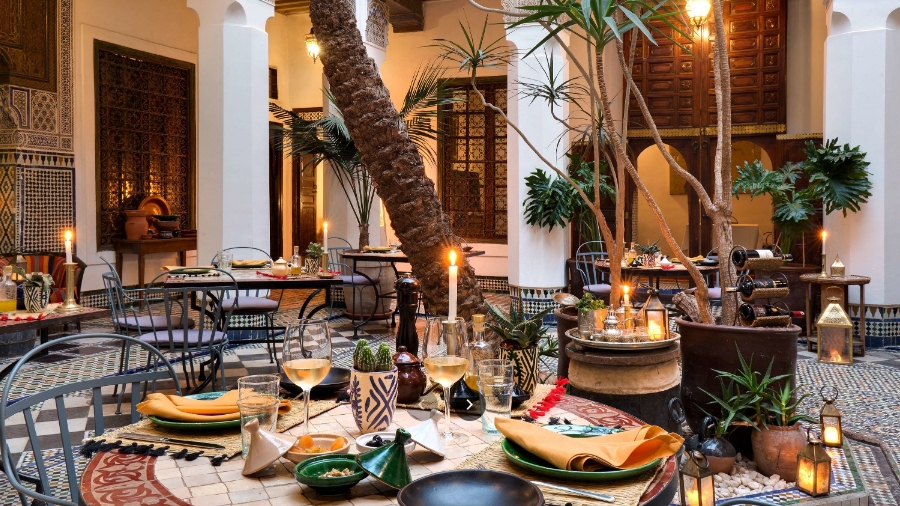


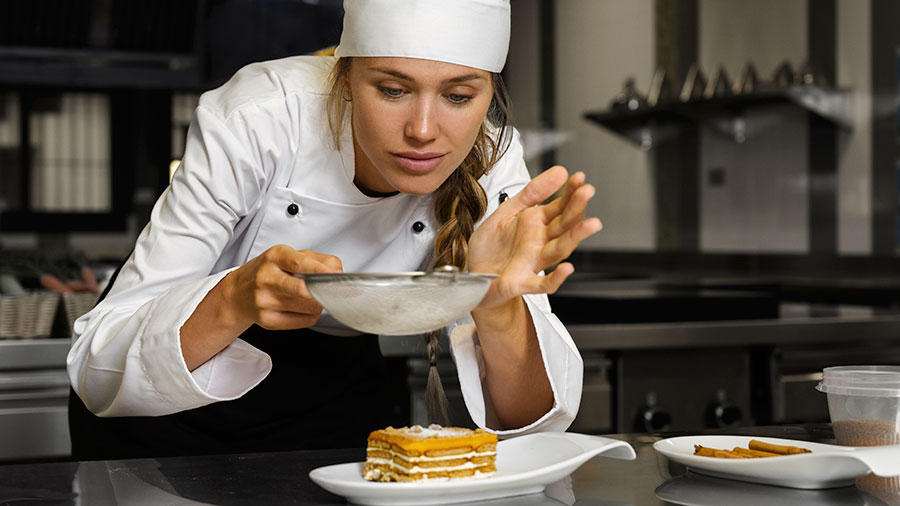

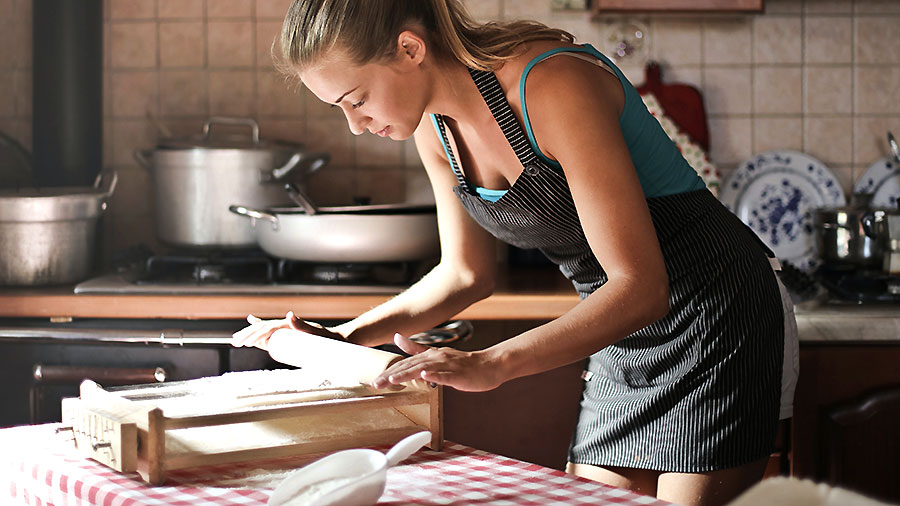

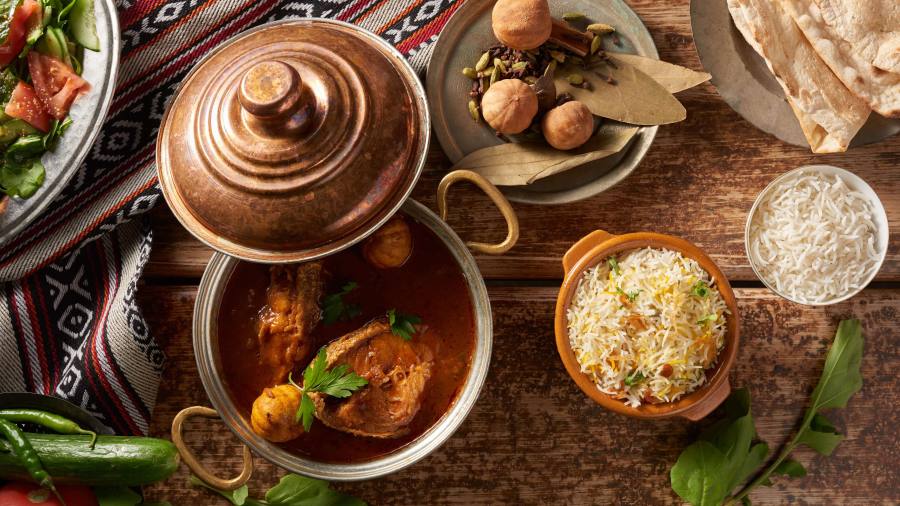
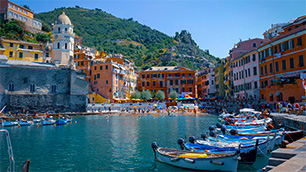 Gastronomy Cities
Gastronomy Cities
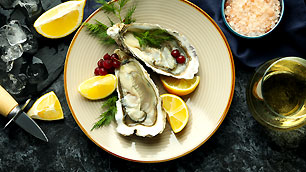 Amazing Food
Amazing Food
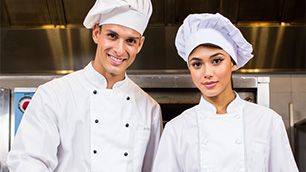 Chef's Talk
Chef's Talk